Air France Airbus 300B-4-203
Uncertainty filled the hearts of 248 passengers of an Air France plane when the aircraft was commandeered by terrorists on 27 June 1976. The hijackers were demanding the release of Palestinian and affiliate militants that were imprisoned in Israel.
One of these was Koza Okamoto, a Japanese Red Army (JRA) member recruited by the Popular Front for the Liberation of Palestine-External Operations. He was part of the three-man attack on Lod Airport popularly known as the Lod Airport Massacre. The hijackers also demanded the release of 13 other prisoners held in four different countries.
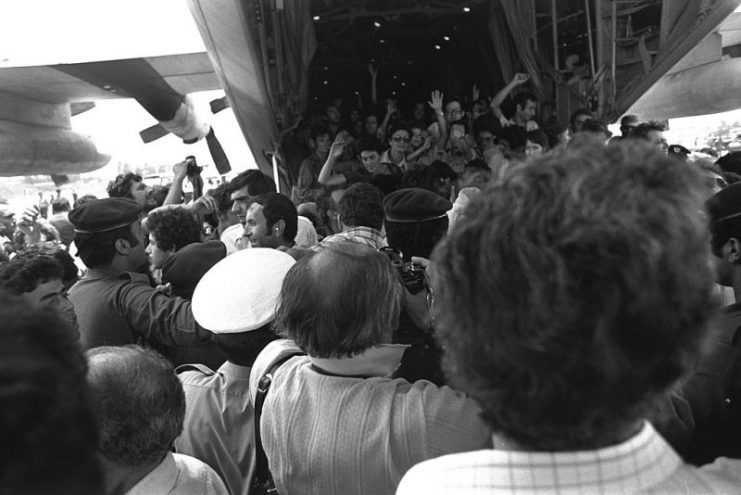
The flight which took off from Tel Aviv and originally Paris bound was hijacked after a stopover at Athens. Two Palestinian and two German hijackers were reported to have boarded the plane alongside 54 other passengers.
Of the hijackers, one was a female; Brigitte Kuhlmann, one of the founding members of the West German left-wing military group, Revolutionary Cells. The hijackers totaled 7 in number.
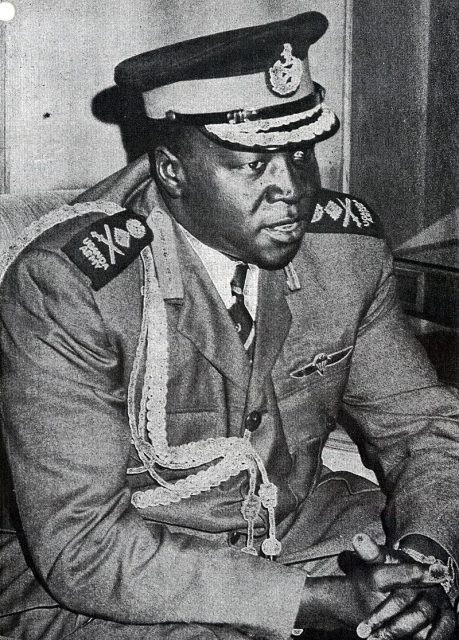
The plane was redirected and landed in Benghazi, Libya, where it was refueled and thereafter taken to Uganda’s Entebbe Airport, where they made their landing on June 28.
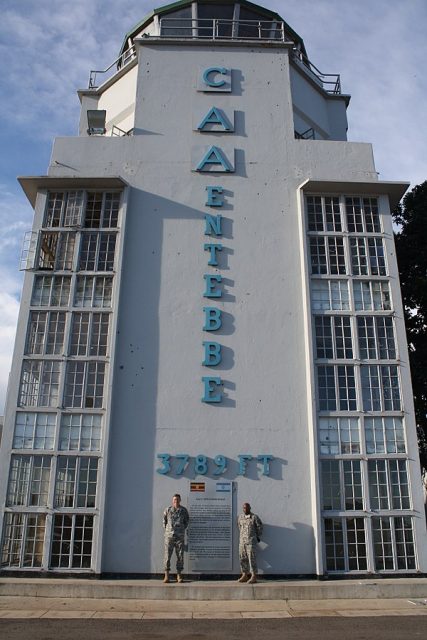
The passengers were separated into two categories; Israeli and non-Israeli Jews in one category and other passengers, mainly French, in the second. The members of the second group were released over the next two days and flown to Paris, their original destination. The Israeli captives, meanwhile, were held for a week before special Israeli forces raided and successfully rescued them.
The decision to go ahead with the rescue mission was made on the eve of 3 July after the Israeli authorities failed to find a political solution to the crisis at hand. It was now considered, without dispute, that the way forward was through covert ops.
The hostages were held at an abandoned airport on the edge of the Lake Victoria and the Israelis initially considered dropping their elite commando unit Sayeret Matkal into the lake from where they would ride off in boats and find their way into the airport. However, a report of the presence of crocodiles in the lake meant the plan was changed.
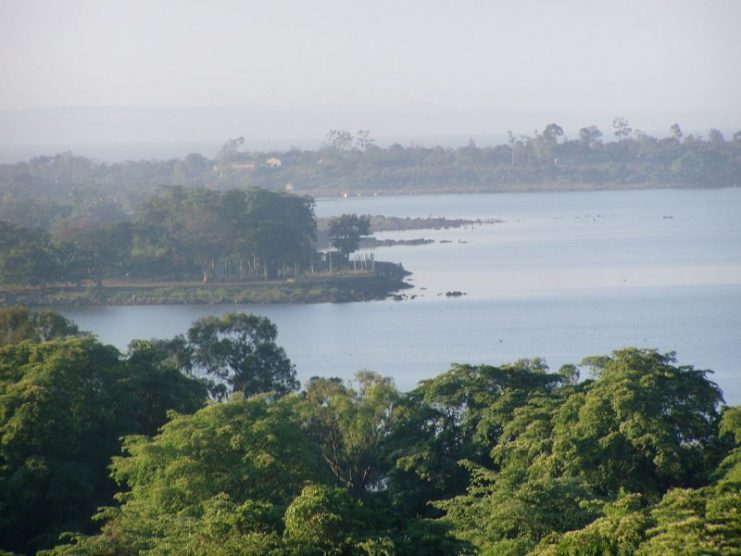
The hijackers sealed their fate with the decision to release other passengers as the information provided from extensive interrogations with the released hostages by Israeli intelligence yielded good results. They were able to determine the number of weapons in the possession of the hijackers as well as other information that helped build intelligence.
The Israeli Defense Forces (IDF) acted on the information that was relayed to them by Israeli intelligence, the Mossad, which proved to be accurate. The number of hijackers, the precise location of the hostages in the building, and the expected level of resistance from the Ugandan soldiers who supported the hijackers were provided so the 100-man unit would not be flying into enemy territory blind.
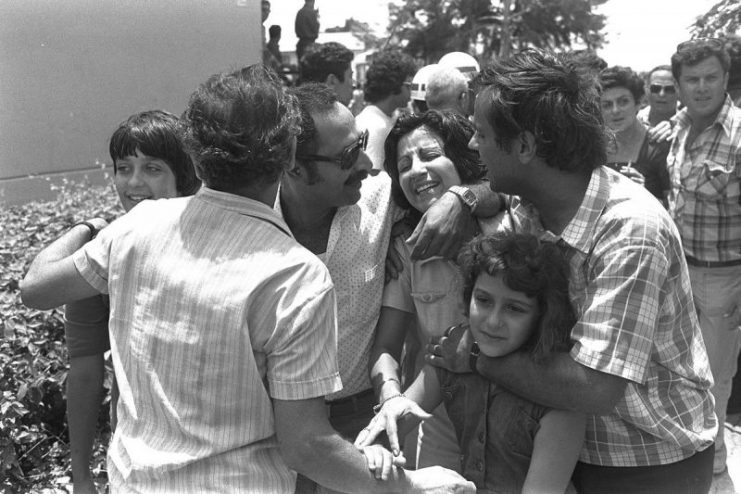
The team was comprised of three groups made up from the Sarayet Matkal, Israeli paratroopers, and men from the Golani infantry brigade. The Sarayat Matkal commandos were tasked with two elements of the operation: assaulting the terminal and rescuing the hostages, and eliminating the MiG fighter planes on the ground at the airstrip and holding off any hostilities until the hostages were and homebound.
The paratroopers were tasked with securing the airport and its runway as well as securing and fuelling the Israeli aircraft in Entebbe. The Golani force, led by Col. Uri Sagi, was charged with securing a Lockheed C-130 Hercules aircraft to be used to carry out the evacuation of the hostages, getting it as close to the terminal as possible while acting as backup in case of needed support.
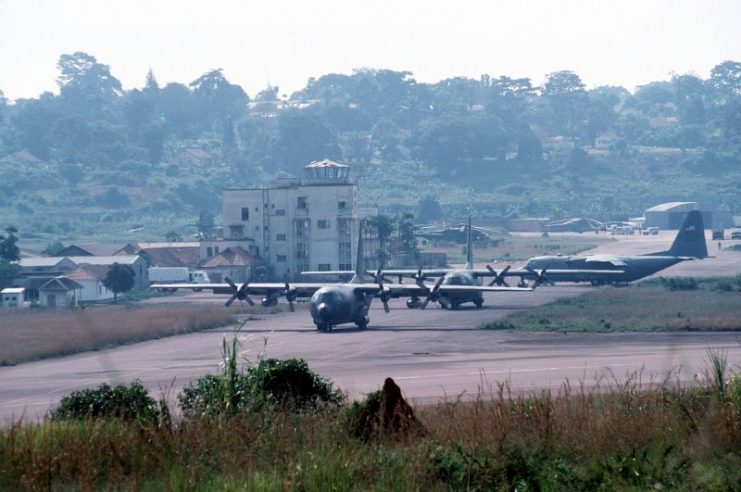
With a detailed plan in place and under a very tight schedule, the rescue operation task force of 4 Israeli Hercules C-130s took off from the town of Sharm El Sheikh in Egypt and flew over the Red Sea towards Djibouti. It then made its way across Somalia and towards Nairobi in Kenya, where a Boeing 707 jet carrying medical supplies landed. The others planes proceeded to Lake Victoria before landing.
The commandos set foot on Entebbe soil at about 11:00 PM Israeli Time. They then proceeded in a convoy of vehicles intended to look like that of President Idi Amin of Uganda in order to avoid detection. However, they were halted by Ugandan soldiers posted at the checkpoints who were not so easily deceived; shots from silenced pistols left the soldiers wounded but unsuppressed gunfire from one of the Israeli commandos announced the presence of gun activity and the team hastily approached the terminal in order to their plan.
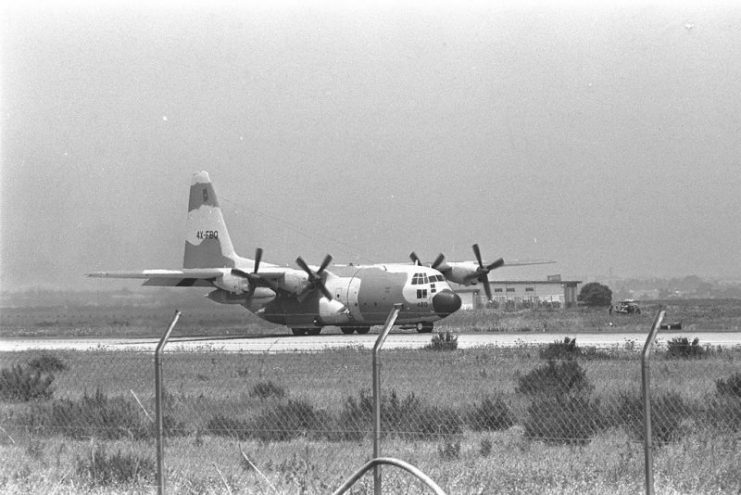
The rescue team abandoned their Land Rovers and made their way into the building, telling people to stay on the ground through a megaphone both in English and Hebrew. Some people panicked at hearing the voice of the rescuers and ignored the previous warning to stay down. The commandos mistook these for the hijackers and fired, killing two of the hostages.

One of the hijackers, the German, Wilfried, was gunned down in the place where the hostages were being kept. He was the only hijacker found there and the Israeli operatives inquired about the location of the remaining hijackers from the hostages, who, with a show of fingers, pointed them in the direction of a room. The Israeli soldiers threw in grenades first, after which they went in and shot three more hijackers.
Upon concluding their business, the commandos lay waste to the Ugandan MiG fighter jets in the area and conducted a sweep of the airfield before departure but as fate would have it, not all of the Israeli soldiers would leave the airport alive that day, and in a series of back and forth gunfire between the departing commandos and Ugandan hostiles, Lt. Col. Yonatan Netanyahu, the commanding officer of the Israeli assault team, was shot and killed.
Some of the other commandos were also wounded. The Ugandan who shot Yonathan was killed in the return fire.
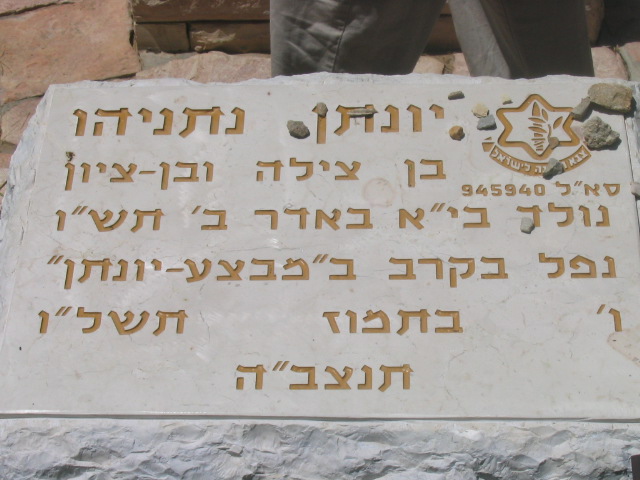
The operation, which lasted about 55 minutes, saw the deaths of the 7 hijackers along with 45 Ugandan soldiers, one of whom was reported to be the president’s cousin, and 11 Ugandan MiG fighter jets were destroyed. Of the 106 hostages that were held, the raid recorded the successful rescue of 102 hostages – 3 were killed during the operation.
Plaque at Entebbe Airport Terminal present day
One of the hostages, Dora Bloch, hospitalized at a Ugandan hospital after reportedly choking on a chicken bone was left behind and eventually killed by Ugandan soldiers along with her attending doctors and nurses under the orders of Idi Amin. and it was believed that she was eaten by him for he practiced cannibalism. My Grand mother who was German called him "MenchenFresser".
Jonathan Netanyahu – Brother of Benjamin Netanyahu.
In honor of Yonathan Netanyahu, the commander who was killed in action that day, the operation is sometimes referred to as Operation Jonathan. And in September 1976, the Jonathan Institute was founded by Yonathan’s brother, Benjamin Netanyahu, to sponsor terrorism-related international conferences.
As most of this film was shot at the Stockton Airport in California, it's very obvious that the production had the assistance of the California National Guard that has a facility there. The C-130's are all National Guard aircraft. their camouflage being very different from that of Israel. All of the vehicles were of national guard origin. The Ford M151A1 "jeeps" (mutts) were then in use in active military and national guard. In the film both the Israelis and Ugandans were driving them. When the Ugandan reinforcements arrive, they're driving current "deuce and a half" trucks that would only be found in the current US military, Uganda would have most likely had old hand-me-down UK equipment. The character of Lt Col Yonatan Netanyahu (played by Stephen Macht) was the brother of the former Israeli PM Benjamin Netanyahu.
The song sung by the Israeli soldiers on their way to Entebbe and at the end of the movie is Hine Ma Tov, a setting of Psalm 133
The Raid on Entebbe is considered one of the best counter-terrorist operations planned in the modern era. it did much to burnish the reputation of the IDF that had received a bloody nose from the 1973 Yum Kippur War




Great post, and yes, IDF let the gloves come off for that one!
ReplyDelete